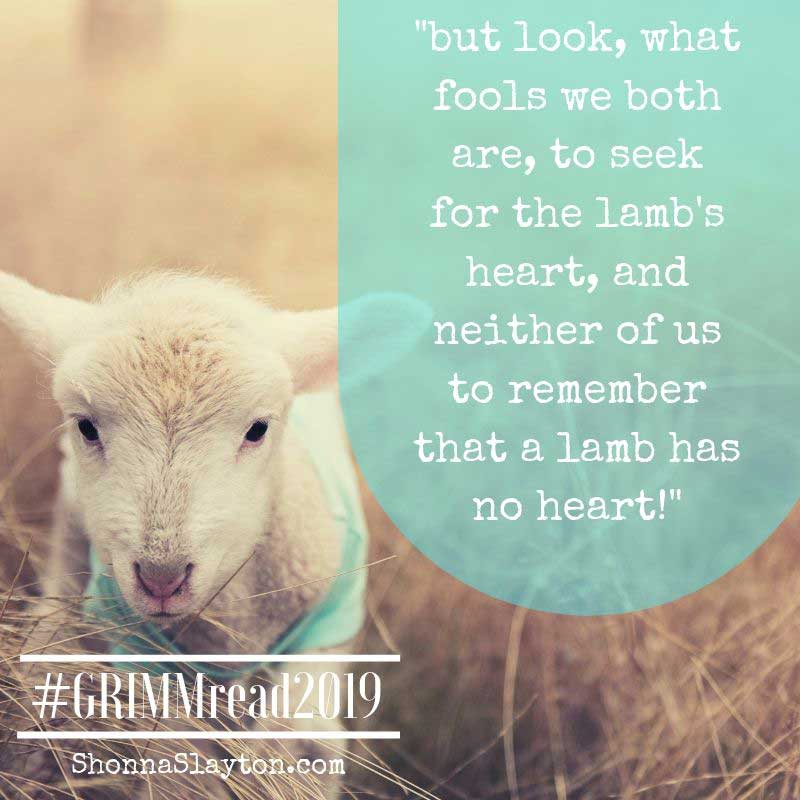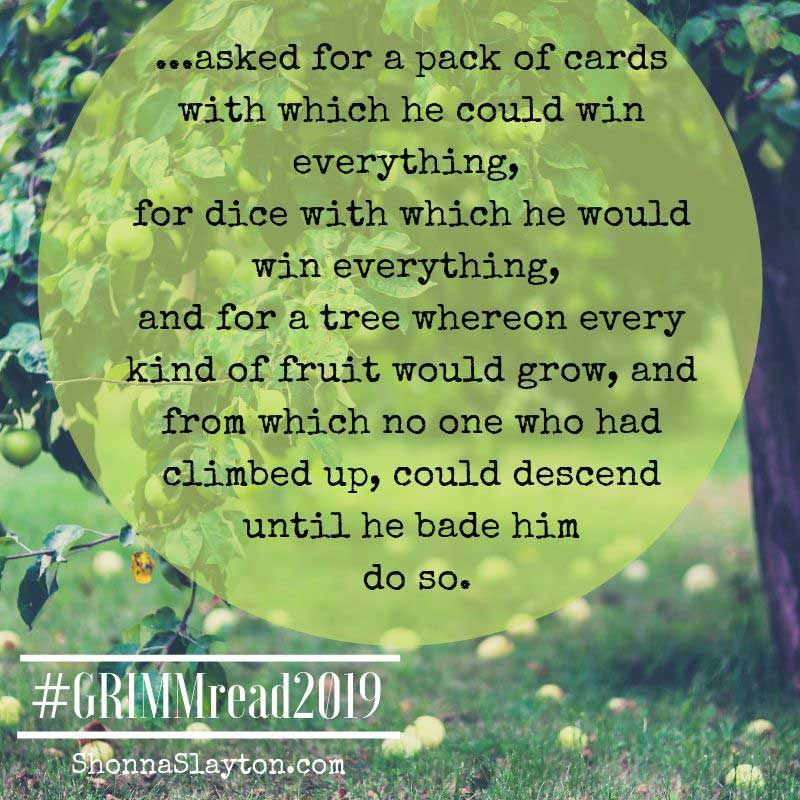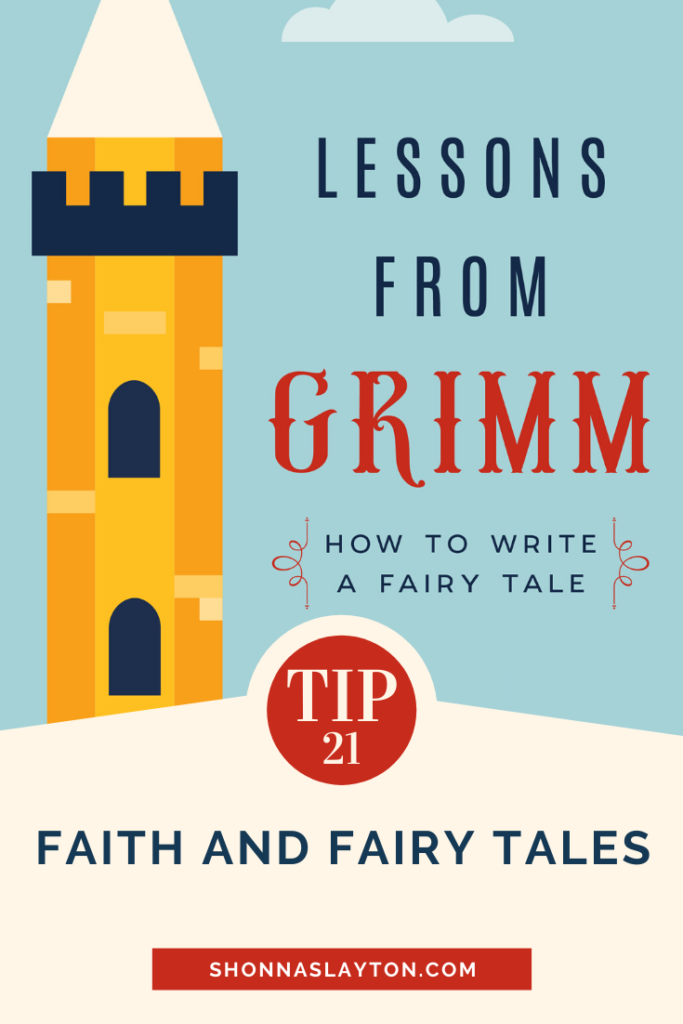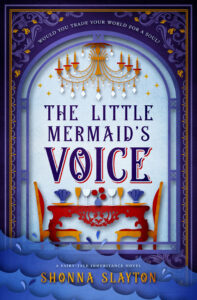Part one.
I’m labeling this “Part one” because I haven’t thought through things enough to feel like this is even close to a complete analysis. So, this blog is analysis of this week’s stories, and then hopefully in the future, I’ll have a blog that is not simply analysis, but also something prescriptive for writers.
Update: I did think more on this topic and added a chapter on faith and fairy tales in the book: Lessons from Grimm: How to Write a Fairy Tale.
I’ve come at this #GRIMMread2019 challenge with the idea that I’d focus mostly on the text as I first read these stories and see what they say to me, specifically as an author of fairy tales. There have only been a few times when I’ve gone and looked something up to find out what it means. (Like last week, I looked up water nixies.)
But the further along we go, the more interested I am in learning more about the literary criticism that has been written about fairy tales over the years. There are some stories and aspects of the Grimm’s fairy tales that baffle me.
How they handle real-world faith in fantasy is one of them.
I’ve confessed previously that I as a writer, I have a hard time combining faith and fantasy in a non-allegorical way. And by faith, I’m specifically talking the Christian faith, which is my own. I suspect I could mangle someone else’s faith quite spectacularly in a fantasy story and wouldn’t even notice.
A quick search (meaning I got pulled into the rabbit hole and have no clear answer yet) reveals that the Grimm Brothers are either Lutheran (Wikipedia ) or Reformed Calvinist as suggested in this article which quotes Jakob’s autobiography as saying “”to this day it seems as if I can only be completely devout if I am in a church furnished in Reformed style.”
So, Reformed Lutheran? Is there such a thing? [edited to add: mystery solved; Wikipedia article got it wrong, according to more sources I found, including Jack Zipes who translated The Complete Fairy Tales of the Brother’s Grimm, the Grimm Brothers were Reformed Calvinist in their theology.] Anyway, this is all good for background info so we have a general idea of where the Grimms are coming from.
The Grimms have two kinds of religious stories.
- Stories with underlying themes of faith
- Stories involving real people of faith (Mary, Peter, etc) acting in the fantasy world
The underlying themes, in my view, are not controversial. They are like parables that Jesus used in his own teaching. But, when St Peter shows up on the scene and gets tricked by Brother Lustig…what is that all about?
Brother Lustig
Here we have another story about a discharged soldier sent home with barely enough money and food to get him there. Saint Peter decides to test the soldier by disguising himself as a poor man and begging for alms. The soldier passes these tests, giving of his rations until he has nothing left.
However, Peter continues to test him until he fails/sins (Note: this sin involves a slaughtered lamb, which has deep symbolism in the Christian faith. Not sure how it’s connected here since the sin happens after the lamb is slaughtered, so the act is not a covering for sin…)

Then after he fails, Peter tries to get him to confess his sin, which he doesn’t do until it’s in his own benefit. The soldier continues to have failings until Peter comes to his rescue one last time, and then gives him a knapsack that grants the soldier the power to get anything he wants.
A picture of grace? (Despite the soldier’s constant failings, Peter still helps him out.) Also, the soldier is called Brother Lustig, which implies one of the faith (brothers and sisters in Christ.)
Then they part ways; Peter saying essentially, “You won’t see me again.” Peter was done with the solider who started out with so much promise, but then fell apart.
The soldier goes on to live a long life using the knapsack, and at the end, decides he doesn’t want to take the narrow and rough path to heaven, but the wide and easy path to Hell.
But when he gets to Hell, the devil won’t let him in (previous issue with the knapsack)….so the soldier goes to Heaven to see if he can get in there. Peter is surprised to see him, wondering why he would want into Heaven….words exchanged….magic knapsack is handed over….and then the soldier wishes himself to be in the knapsack, which is now in Heaven.
On its face, it looks like a story about a con man tricking his way into Heaven. Which would be odd and also goes against the traditional fairy tale tropes.
But, given the Reformed theology of the Grimms, is this intended to be an example of reformed theology of the elect? Those preordained by God to receive eternal salvation through nothing they do themselves. Grace only.
Maybe.
Gambling Hansel
But then we have Gambling Hansel. This Hansel gets some help from the Lord and St Peter who happen by his house one night and give him three wishes.

By using his wishes, he becomes an unstoppable gambler. So the Lord and St Peter send Death after him. But his third wish keeps Death at bay for seven years…for everyone. Since no one is dying, the Lord orders Hansel to let Death out of the tree and Death immediately claims Hansel.
But in the afterlife, no one wants Hansel. He goes to Heaven and then purgatory and then finally is let into Hell. After gambling there, he and the devils take poles and attack heaven until they let him in. But once in, he causes trouble so they kick him out and his soul is smashed to pieces.
Okay then.
I’m at a loss on this one. I can’t think of an overarching spiritual application to this story. It appears to teach the opposite lesson of Brother Lustig. Instead of Peter testing and giving chances to confess sin, he straightaway gives Hansel the tools to his own destruction. And in the end, Hansel is allowed into Heaven, if only for a short time….and then his soul is shattered. What does a shattered soul symbolize? Especially after it’s already been to Heaven?
I probably take things too literally.
Next week there is another religious story like these. I’m hoping that once I get to the end of this reading challenge, I’ll have figured out more about these types of religious fairy tales and maybe come to appreciate them more. As it stands now, I’m not a fan of these overt religious tales. They leave me scratching my head asking, “What was the point of that?” And maybe that will be my “lesson from Grimm” –to avoid writing these types of fairy tales!
See Also: The Tree of Life in Trees in a Fairy Tale Orchard




